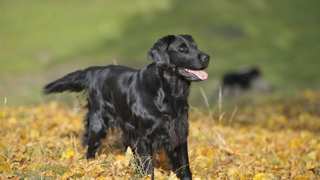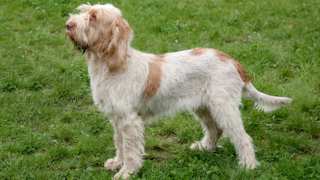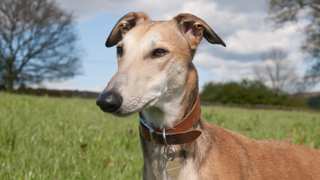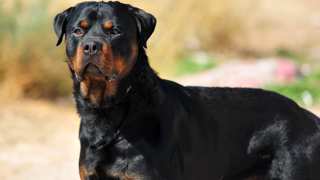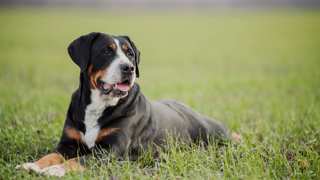Without question, Chesapeake Bay Retrievers are naturally athletic dogs. And to go along with their "high-performance" lifestyle, these dogs need diets similar to those of professional athletes: food packed with proteins and carbohydrates that provide them with plenty of energy. Many breeders and Chessie experts believe that a raw/fresh diet consisting only of fresh meats and vegetables, eggs, fish, and other prepared foods is the best Chesapeake Bay Retriever food there is--and while they may technically be correct, a lot of Chessie owners find such a diet to be too expensive and inconvenient, and choose premium dry food instead. If dry food is your preference rather than raw/fresh, the kibble must be high in quality, as premium food will contain the animal proteins and carbs that are so essential to a Chessie. Cheap, generic, "store-brand" dog foods will not contain nearly enough nutrients, and your Chessie will suffer greatly if it's only fed cheap foods.
Furthermore, the experts say, owners are advised to add some fresh meat or vegetables to their Chessies' dry meals on a daily basis, if possible, to pack in more protein and carbs. Also be sure to give your Chessie access to plenty of fresh water at all times.
And just how much should you feed your Chesapeake Bay Retriever? An adult Chessie, depending on its age, activity level, and size, will need about 2½ cups of premium dry food per day, divided into two meals. Chessie puppies, again depending on their age, will need a bit less: about 1½ cups per day, divided into three meals (not two) until the age of six months. It's best to feed a young Chessie puppy food for its first nine months, then you can transition to adult food by mixing the two for a few days. For more details on feeding a Chesapeake Bay Retriever from puppyhood through physical maturity, see the chart below.
Chesapeake Bay Retriever Feeding ChartDog AgeDog WeightFood TypeAmountFrequency2 Months10 lbsDry (Puppy formula)0.3 cups3x/day3 Months20 lbsDry0.4 cups3x/day6 Months40 lbsDry0.5 cups3x/day9 Months55 lbsDry* (Puppy/Adult)1 cup2x/day12 Months+70 lbsDry (Adult formula)1.25 cups2x/day*--Around this time, transition to adult food by first mixing just a bit of adult formula with the puppy formula. Over the course of a week, with each meal add a bit more adult food to each meal until the dog is eating it entirely.
It's highly recommended that Chessie owners stick to the above-listed portions; though a dog of this breed could certainly eat a lot more, these amounts are ample enough. Despite their athleticism, Chessies have a high tendency for becoming overweight if fed too much, especially if they don't get enough exercise. A fat Chesapeake Bay Retriever will have joint, breathing, and digestive issues, not to mention a shortened lifespan--and since movement will be more difficult, the fat Chessie will possibly become depressed. You can control your Chessie's weight in several ways: by having consistent exercise and feeding schedules; by not feeding the dog table scraps; and perhaps most important, by never "free-feeding" a Chesapeake Bay Retriever. (Free-feeding is leaving food in a dog's bowl all the time, allowing it to eat anytime it wants.) Owners are strongly advised to put their Chessies' bowls down only at mealtimes, then pick them up 15-20 minutes after the dogs begin eating.
If you're worried your Chesapeake Bay Retriever is overweight, give the dog this simple Ribs Test: run a hand along its side, and if you can't feel any ribs, it's diet time. Decrease your Chessie's daily food consumption by one-fourth, and add an extra walk, swim, or play period to its daily exercise schedule.

